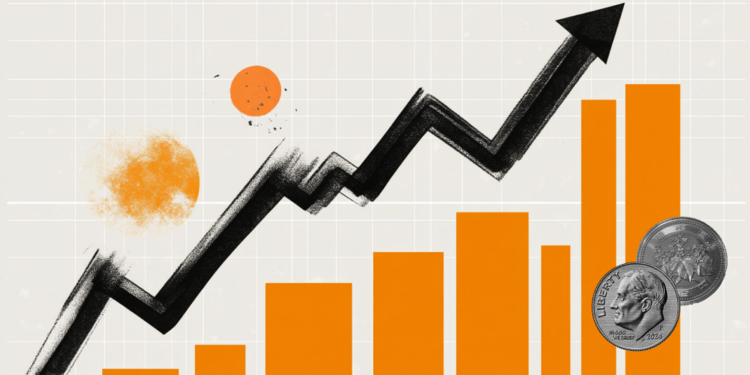- The US appreciated to fresh one-week highs above 138.40.
- Trade deals between the US and its partners have boosted the US Dollar.
- Market expectations of more “higher for longer” by the Fed are providing additional support to the USD.
US President Trump and European Commission President Ursula von der Leyen agreed on Sunday on a framework very similar to the US-Japan trade deal signed last week.
European products will face a15% levy, down from the 30% announced earlier in July, and, in exchange, the EU will invest EUR 600 billion in the US and commit to ramping up purchases of US natural Gas and military equipment.
The Dollar is drawing additional support from a cautious market, as investors eye Wednesday’s Federal Reserve decision. The bank is widely expected to stand pat, but the strong employment levels seen in recent weeks and an anticipated economic recovery, –the preliminary Q2 GDP will be released a few hours ahead–, might endorse Chairman Powell’s calls for patience on rate cuts and curb hopes of the one expected in September.
The BoJ, on the other hand, continues to reiterate its commitment to higher interest rates, but a near-term one appears unlikely. The bank will disclose its monetary policy decision on Thursday and most probably say that monetary policy will remain unchanged until there is more clarity about the effects of tariffs on economic growth. The BoJ’s decision is unlikely to provide any significant support to the JPY.
Central banks FAQs
Central Banks have a key mandate which is making sure that there is price stability in a country or region. Economies are constantly facing inflation or deflation when prices for certain goods and services are fluctuating. Constant rising prices for the same goods means inflation, constant lowered prices for the same goods means deflation. It is the task of the central bank to keep the demand in line by tweaking its policy rate. For the biggest central banks like the US Federal Reserve (Fed), the European Central Bank (ECB) or the Bank of England (BoE), the mandate is to keep inflation close to 2%.
A central bank has one important tool at its disposal to get inflation higher or lower, and that is by tweaking its benchmark policy rate, commonly known as interest rate. On pre-communicated moments, the central bank will issue a statement with its policy rate and provide additional reasoning on why it is either remaining or changing (cutting or hiking) it. Local banks will adjust their savings and lending rates accordingly, which in turn will make it either harder or easier for people to earn on their savings or for companies to take out loans and make investments in their businesses. When the central bank hikes interest rates substantially, this is called monetary tightening. When it is cutting its benchmark rate, it is called monetary easing.
A central bank is often politically independent. Members of the central bank policy board are passing through a series of panels and hearings before being appointed to a policy board seat. Each member in that board often has a certain conviction on how the central bank should control inflation and the subsequent monetary policy. Members that want a very loose monetary policy, with low rates and cheap lending, to boost the economy substantially while being content to see inflation slightly above 2%, are called ‘doves’. Members that rather want to see higher rates to reward savings and want to keep a lit on inflation at all time are called ‘hawks’ and will not rest until inflation is at or just below 2%.
Normally, there is a chairman or president who leads each meeting, needs to create a consensus between the hawks or doves and has his or her final say when it would come down to a vote split to avoid a 50-50 tie on whether the current policy should be adjusted. The chairman will deliver speeches which often can be followed live, where the current monetary stance and outlook is being communicated. A central bank will try to push forward its monetary policy without triggering violent swings in rates, equities, or its currency. All members of the central bank will channel their stance toward the markets in advance of a policy meeting event. A few days before a policy meeting takes place until the new policy has been communicated, members are forbidden to talk publicly. This is called the blackout period.

